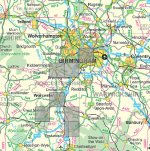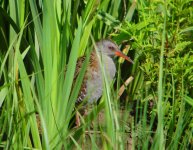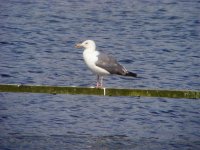Brian Stretch
Well-known member
Hi Phil,
Do you know if there are any pre-reserve records of Cirl Bunting?
The last pair were at Hallow churchyard in 1977 although as you say they only bred upto 1976. Prior to that they must have occurred in the adjacent Grimley area. I seem to remember Nigel Cale saying he used to see them around Top Barn Farm.
Brian
________________________________________
Birding Today Midlands Birding Review June 2011
Do you know if there are any pre-reserve records of Cirl Bunting?
The last pair were at Hallow churchyard in 1977 although as you say they only bred upto 1976. Prior to that they must have occurred in the adjacent Grimley area. I seem to remember Nigel Cale saying he used to see them around Top Barn Farm.
Brian
________________________________________
Birding Today Midlands Birding Review June 2011







